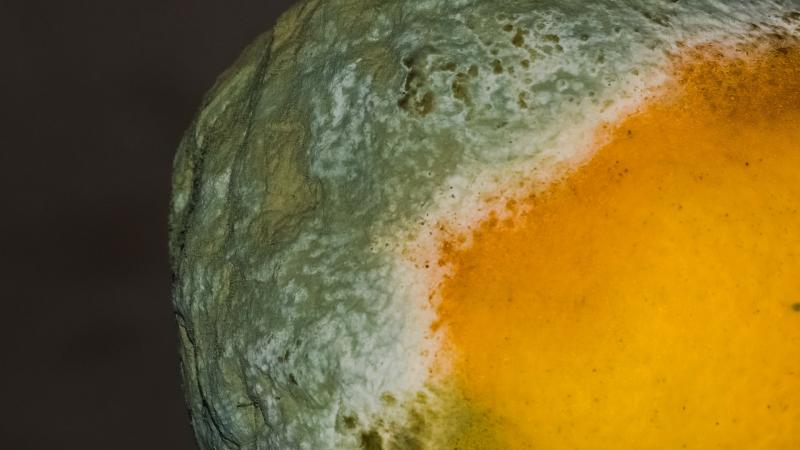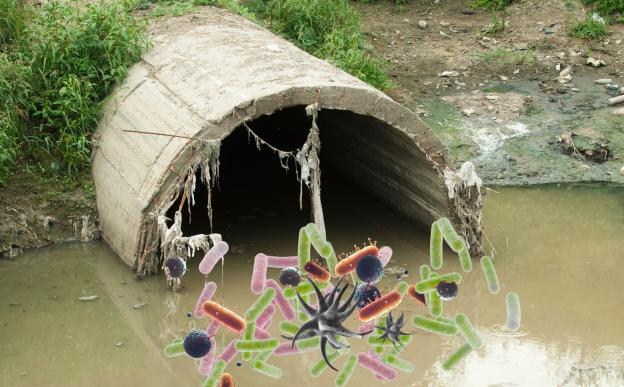
Scientists from the National Institute of Plant Genome Research have identified a protein that helps bacteria consume fungi.
Bacteria are single cellular life forms that have been on the Earth for approximately 3.5 billion years. In all their time on Earth they have adapted to different climates and region, interacting with all other life forms that subsequently evolved on the planet.
Like all organisms, bacteria too must compete with others sharing their environment, for sources of nutrition. Hence many bacteria are observed to release antifungal metabolites and toxins, to compete with fungi. Mycophagy is a process which takes this interaction a step further. Through their various antibiotics, toxins and enzymes bacteria can digest and consume fungi themselves.
In their recent study the scientists have isolated the bacterium Burkholderia gladioli strain NGJ1 from rice seeds and studied its antifungal effect on Ralstonia solanacearum, a fungal pathogen of rice plants. Through different confrontation assays experiments, the bacteria were allowed to come in contact with the fungal species.
The experiments showed that after a week of exposure, the bacteria were seen growing on the fungus. Under normal conditions the fungus is known to produce sclerotia, which are hard dormant bodies which store nutrients for the fungi in extreme conditions. In the presence of the bacteria only a few sclerotia were produced which were unable to germinate.
To understand the mechanism through which the bacteria were attacking the fungal cells, the scientists genetically modified the bacteria to not express the type three secretion system (T3SS). T3SS is a protein found in pathogenic bacteria. In the absence of this system the bacterium lost the ability of mycophagy. Using online tools, the scientists further identified that the protein Bg_9562 in the T3SS was similar to proteins in viral tails. The purified protein Bg_9562 was also seen to have a broad spectrum anti-fungal activity that could potentially be harnessed against fungal agents that are pathogenic to crops.
























